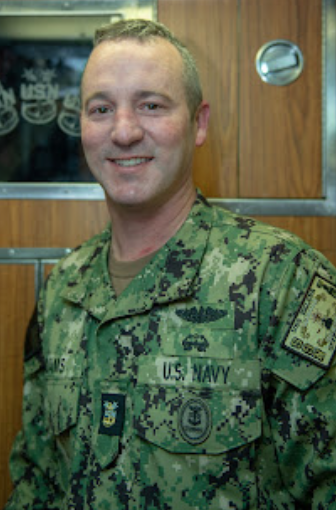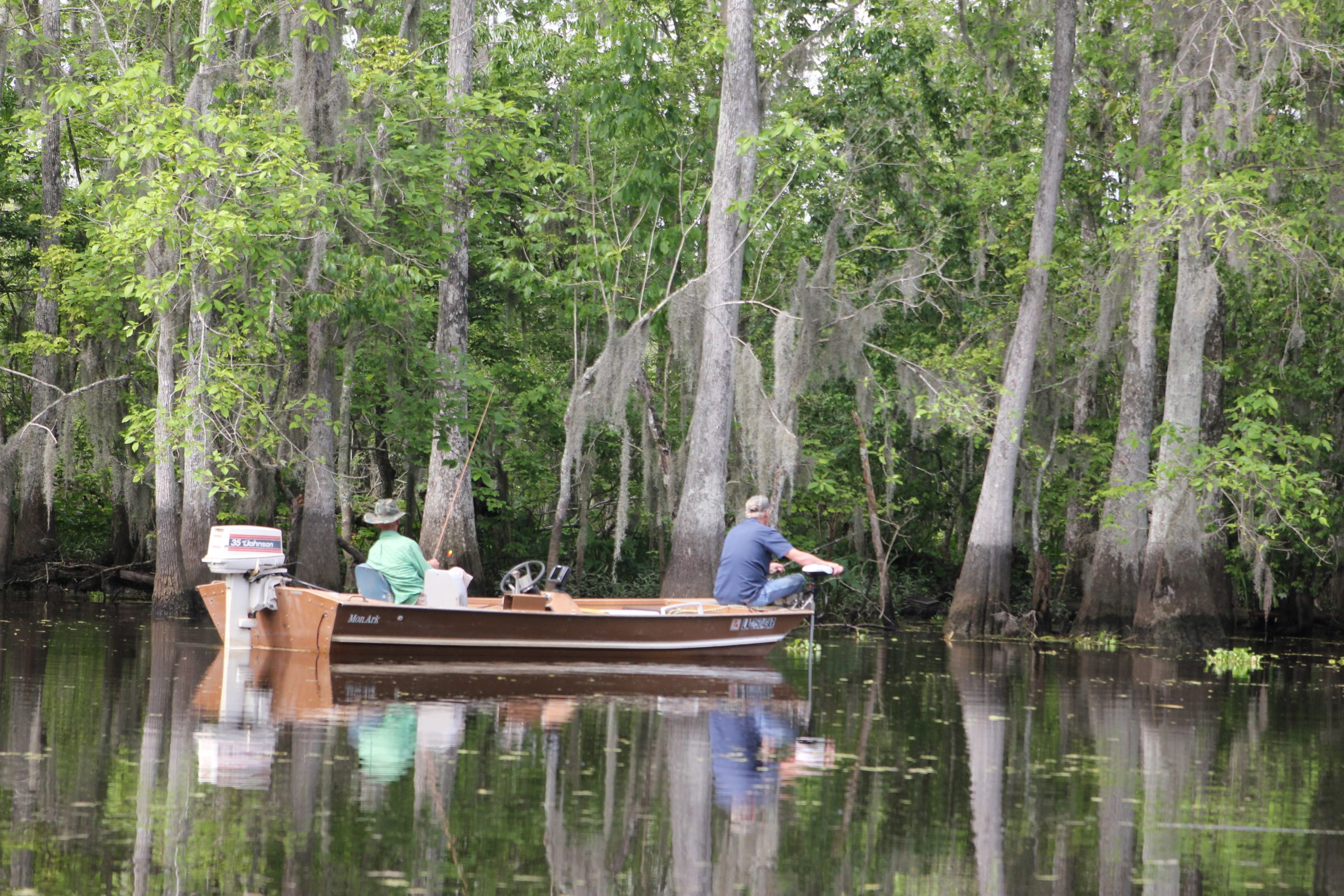
Firehouse Subs Awards $41,786 Grant to Two Local Fire Departments
February 16, 2022
Severe weather possible tomorrow afternoon into the evening
February 16, 2022A Houma, Louisiana, native is serving aboard USS Helena, one of the world’s most advanced nuclear-powered submarines.
Master Chief Petty Officer Brett Adams joined the Navy 20 years ago. Today, Adams serves as the chief of the boat.
“I grew up playing baseball, and the coaches gave me the inspiration to be something larger than myself,” said Adams. “That’s why I joined the Navy. Also, my parents told me that growing up, I was destined to be in the military.”
Growing up in Houma, Adams attended Vandebilt Catholic High School and graduated in 2001. Today, Adams relies upon skills and values similar to those found in Houma to succeed in the military.
“Houma is a town full of hard workers,” said Adams. “I learned a great deal watching their work ethic. I try to carry that into my own work.”
These lessons have helped Adams while serving in the Navy.
Known as America’s “Apex Predators!,” the Navy’s submarine force operates a large fleet of technically-advanced vessels. These submarines are capable of conducting rapid defensive and offensive operations around the world, in furtherance of U.S. national security.
There are three basic types of submarines: fast-attack submarines (SSN), ballistic-missile submarines (SSBN) and guided-missile submarines (SSGN).
Fast-attack submarines are designed to hunt down and destroy enemy submarines and surface ships; strike targets ashore with cruise missiles; carry and deliver Navy SEALs; conduct intelligence, surveillance, and reconnaissance missions; and engage in mine warfare. The Virginia-class SSN is the most advanced submarine in the world today. It combines stealth and payload capability to meet Combatant Commanders’ demands in this era of strategic competition.
The Navy’s ballistic-missile submarines, often referred to as “boomers,” serve as a strategic deterrent by providing an undetectable platform for submarine-launched ballistic missiles. SSBNs are designed specifically for stealth, extended patrols and the precise delivery of missiles. The Columbia-class SSBN will be the largest, most capable and most advanced submarine produced by the U.S. – replacing the current Ohio-class ballistic-missile submarines to ensure continuous sea-based strategic deterrence into the 2080s.
Guided-missile submarines provide the Navy with unprecedented strike and special operation mission capabilities from a stealthy, clandestine platform. Each SSGN is capable of carrying 154 Tomahawk cruise missiles, plus a complement of heavyweight torpedoes to be fired through four torpedo tubes.
Strategic deterrence is the Nation’s ultimate insurance program, according to Navy officials. As a member of the submarine force, Adams is part of a rich 122-year history of the U.S. Navy’s most versatile weapons platform, capable of taking the fight to the enemy in the defense of America and its allies.
Serving in the Navy means Adams is part of a world that is taking on new importance in America’s focus on rebuilding military readiness, strengthening alliances and reforming business practices in support of the National Defense Strategy.
“The Navy is a strategic asset to national defense, because we can be at anyone’s doorstep any day,” said Adams. “An adversary not knowing where we’re at is especially valuable, which is why we need submarines.”
With more than 90 percent of all trade traveling by sea, and 95 percent of the world’s international phone and internet traffic carried through underwater fiber optic, Navy officials continue to emphasize that the prosperity and security of the United States is directly linked to a strong and ready Navy.
Adams, and the sailors he leads, have many opportunities to achieve accomplishments during their military service.
“I’m most proud of my deployment to Afghanistan in 2010,” said Adams. “The ability to get outside the wire, visiting orphanages, seeing the future of that country. At that point, I was 50-50 whether I was going to stay in the military. Seeing those kids and the impact U.S. forces can have was a turning point for me.”
As Adams and other sailors continue to train and perform missions, they take pride in serving their country in the United States Navy.”
“Serving in the Navy means that I’m part of something bigger than myself,” added Adams. “The Navy is one of the most-diverse organizations in the U.S. military. It doesn’t matter how you talk or where you come from, once you’re part of the same command, you’re my brother or my sister. We’re part of the same team supporting the same mission.”










